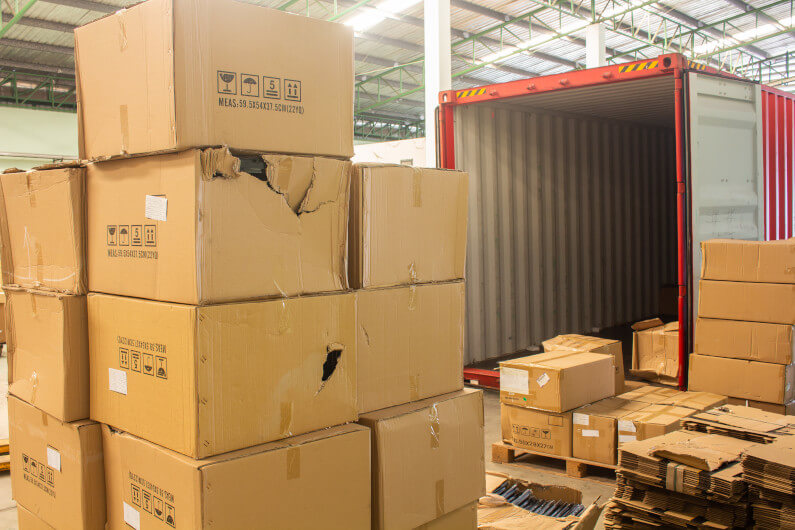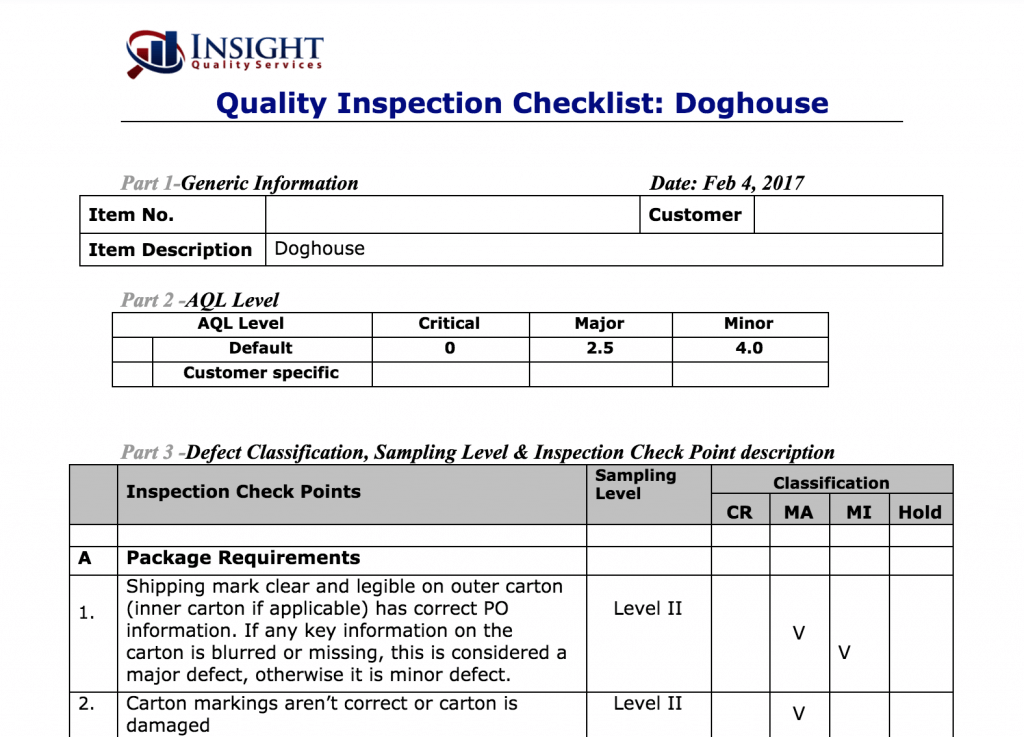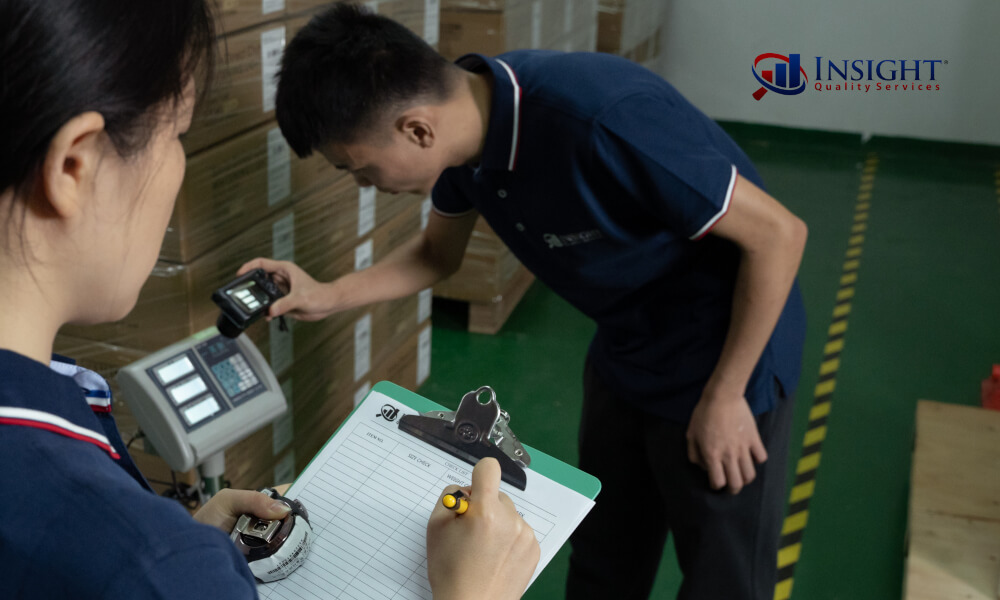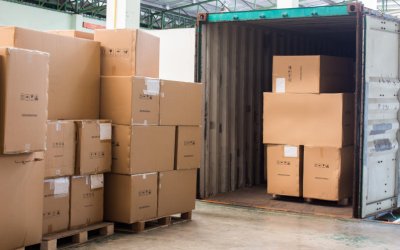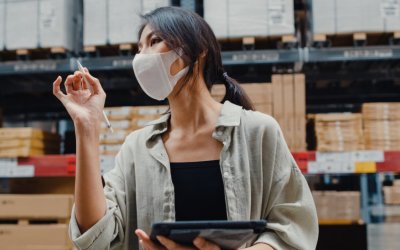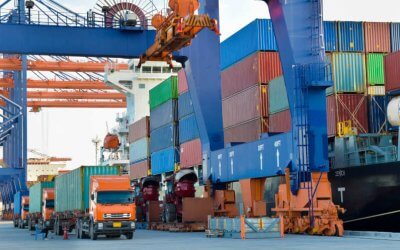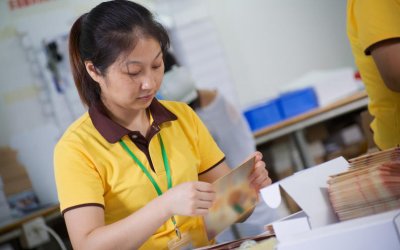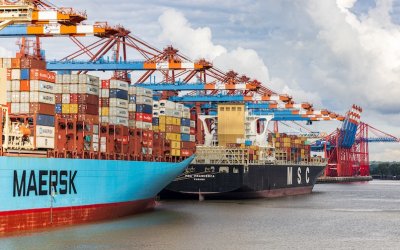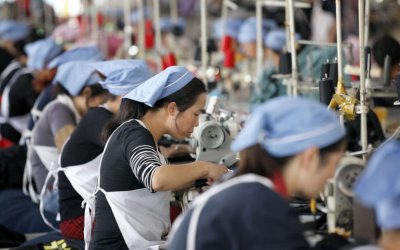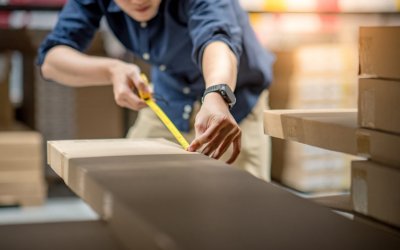Blog
All Posts
What is a Trading Company, and is it a Good Idea to Work With One?
When you’re getting started in a consumer product business, you need to choose the supplier that best meets your needs. If you’ve searched Alibaba for Chinese suppliers or are looking at vendors elsewhere, you may have already realized that many of them are trading...
What is the Difference Between FCL and LCL Shipping, and Which is Best?
At any given moment, there are thousands of cargo ships traveling the world’s oceans, going from one country to another with a multitude of 20-foot and 40-foot cargo containers stacked upon their decks. The Port of Los Angeles alone imported and exported over 9.2...
How do Sourcing Agents Work, and Should You Hire One?
Many international traders import goods from China, Vietnam, Malaysia, and other countries due to their low manufacturing costs. And whether you’re an entrepreneurial Amazon seller or you work for an established consumer brand, you’ll find that importing from these...
Shipping From China to the US: What do Importers Need to Know?
When you’re getting started with international trade, there are certain factors that you must consider. First, you need to decide what to sell and where to source it — and for many importers, that means sourcing from China. It has a well-developed manufacturing...
What is the Difference Between Quality Control and Quality Assurance?
To manage product quality as effectively as possible, you need to have a quality management system in place. An effective quality system helps ensure that each time your products ship, you can be confident that they will be free from excessive defects. When putting...
How do You Maintain Quality When Moving Production Out of China?
In recent years, an increasing number of companies have chosen to either adopt a China Plus One strategy or move production out of China altogether. While many importers initially flocked to China for low labor costs, the cost of manufacturing has increased over time....
Furniture Regulations in the USA: 5 Important Sets of Regulations
If you are looking to import and sell furniture in the USA, you need to know the various regulations governing this industry. Like many other consumer products, substandard furniture can cause injury and even death. To prevent such occurrences, the U.S. Consumer...
What is Supplier Quality Management? Plus 3 Important Tips
Today’s supply chains are complex, and manufacturers rely on them to get the raw materials and parts they need to make their products. A car might have over 30,000 individual parts, and while an automaker will manufacture some of those parts in-house, they’ll likely...
What is DDP Shipping, and How Does it Compare to Other Options?
As an importer, you may be familiar with some of the eleven Incoterms that play an essential role in international trade. The Incoterms, or International Commercial Terms, are a set of internationally-recognized rules around the global transportation and delivery of...
How to Manufacture a Product in China: 3 Important Keys to Success
The global pandemic, US-China trade war, and increased labor costs have all put a dampener on China’s manufacturing dominance. In addition, a shift in China’s manufacturing niche to more high-end consumer goods, has paved the way for developing countries to get a...
Understand Supply Chain Risks and How to Manage Them
When importing consumer products, it is vital to understand the different supply chain risks that might affect your business and take appropriate steps to mitigate them. These risks can manifest themselves in many forms, from political unrest to container shortages to...
5 Important Tips for Dealing with Chinese Manufacturers
China has carved out a niche as the world's manufacturing powerhouse. According to UN statistics, it accounted for 28% of all global manufacturing output in 2018. The country attained this position by rapidly evolving its business ecosystem, offering low labor costs...
FOB vs. CIF: Understand the Difference
If you’ve just ventured into international trade, then you’ve no doubt come across the acronyms FOB and CIF. Likely, you have already used one or the other in your initial transactions. Nevertheless, you may still not be entirely certain of the difference between them...
Trading Company or Manufacturer: What is the Best Choice?
The coronavirus pandemic has accelerated e-commerce growth — it’s been forecasted that online sales grew by 32.4% in 2020. The types of products consumers are interested in have also shifted, with exercise bands, kayak accessories, kitchen furniture, and others seeing...
10 Important Quality Control Tools for Product Inspections
When you’re managing product quality for a consumer brand, it’s important to have a robust quality control plan in place to ensure that your products are well-made, safe for consumers, and compliant with all regulations. Many importers include third-party product...
CPSIA Compliance: What Children’s Product Importers Need to Know
In the early 2000s, parents rarely paid attention to the potential health risks of store-bought toys and children's products. Many were comfortable with purchasing these seemingly harmless items without even a second thought. Not after 2007! 2007 marks the year of a...
Insight Quality Services: 2020 Year in Review
As we get ready to close out this year and welcome 2021, we can finally say goodbye to a year that has been “challenging” to say the least. 2020 has not been easy for anyone in the supply chain, from manufacturers down to consumers. But it has led us, at Insight, and...
OEM vs. ODM: What Importers Need to Know
OEM and ODM are two acronyms you probably have come across as an importer. And chances are, right where you are; you are within arm’s reach of several OEM and ODM products. But what exactly is the difference between an Original Equipment Manufacturer (OEM) and an...

